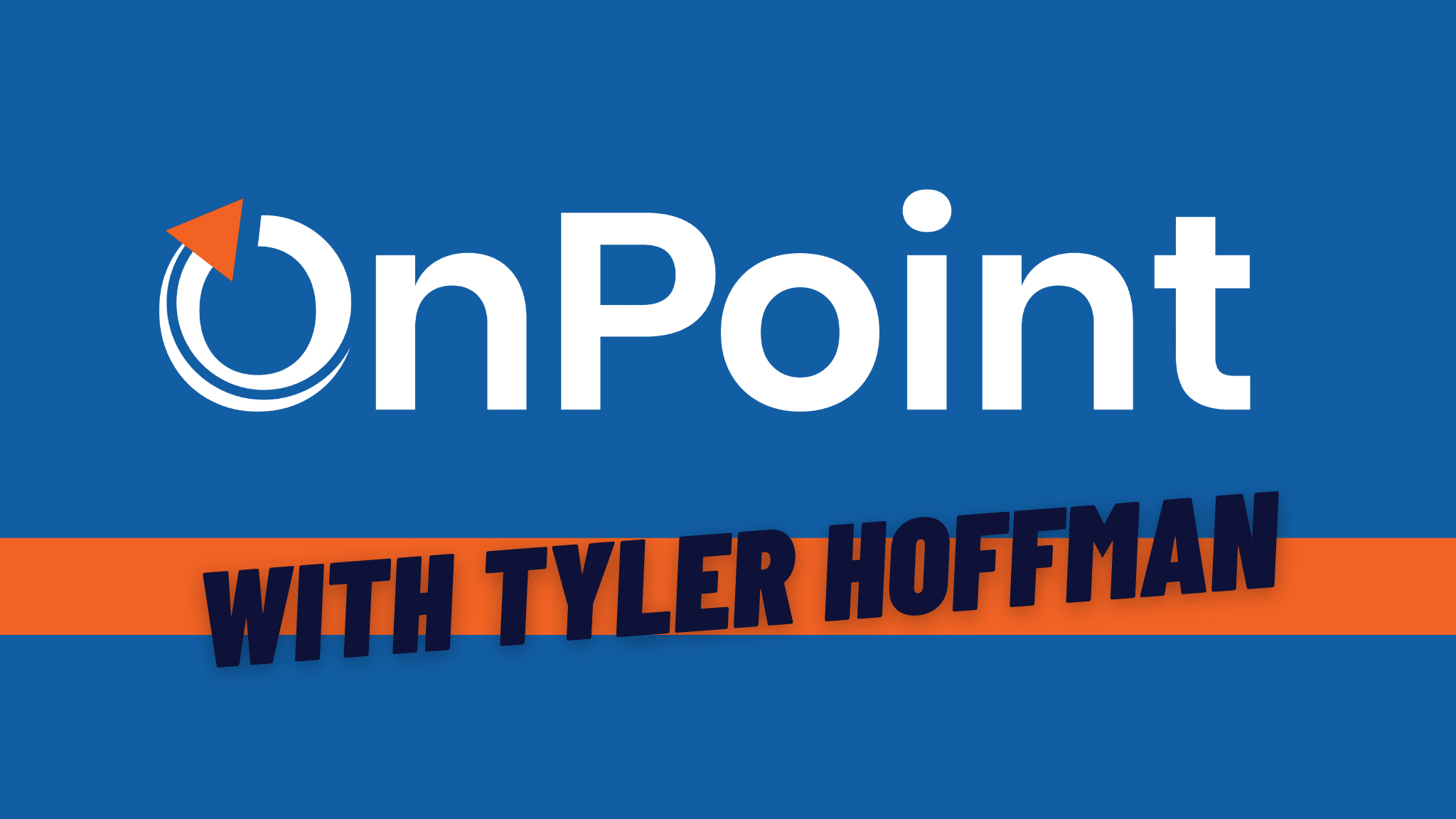The Most Overlooked Employee Benefits Cost is The Cost of Benefits Administration!
One of the most overlooked healthcare costs is that of benefits management itself. Paper-based enrolment forms are...
Canadian Pay Transparency Best Practices
Global Compensation Wizard, Sean Raible from Game Plan Total Rewards Consulting stopped by with Corporate Lawyer...
Building an Attractive Culture
Debbie Pearmain from OneStop HR stopped by to have a chat with Tyler Hoffman, the President of OnPoint Employee...
How Reasonable & Customary Impact Claim Reimbursements
How Reasonable & Customary Impact Claims Reimbursement Do you know what the term “Reasonable and Customary”...
Why Evaluating Benefit Premiums is The Last Thing You Want to Do
First, know this. The big insurers LOVE to buy new business. Most of the big insurance companies are the big offenders here. It’s NEVER about getting the lowest cost.
Six Best Cost Containment Practices for Employee Benefits
Six Best Practices for Cost Containment Small businesses are seeing dramatic changes in emerging trends around group...






